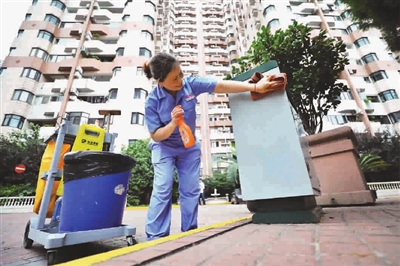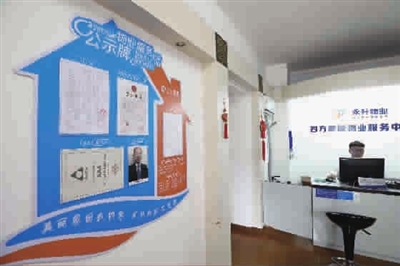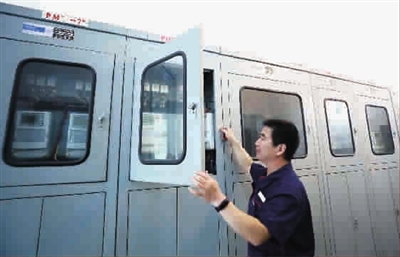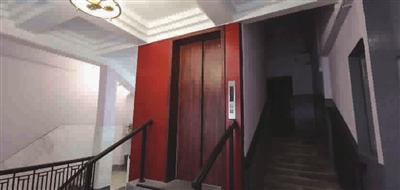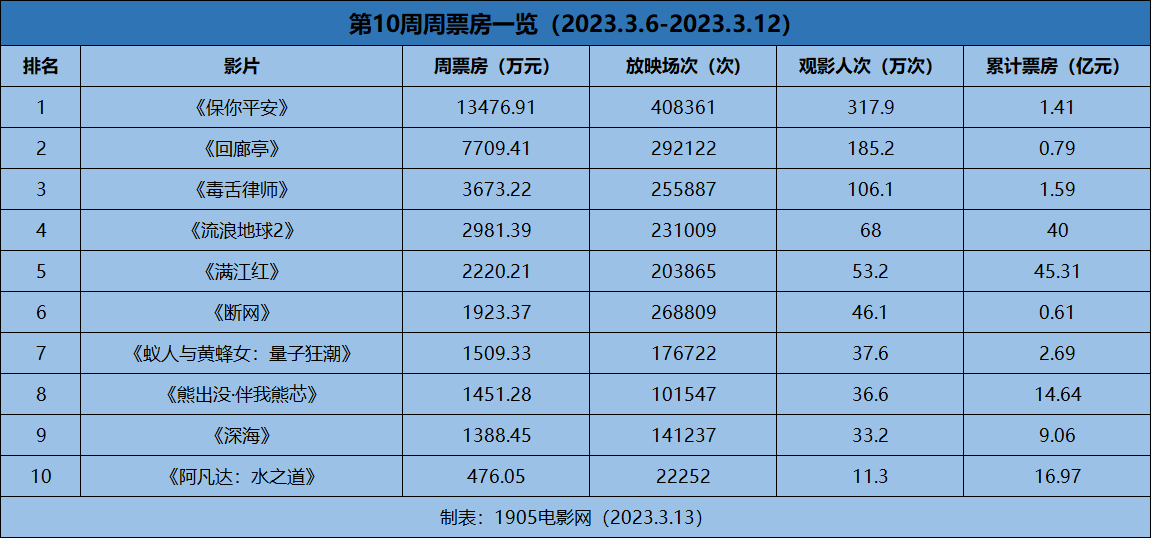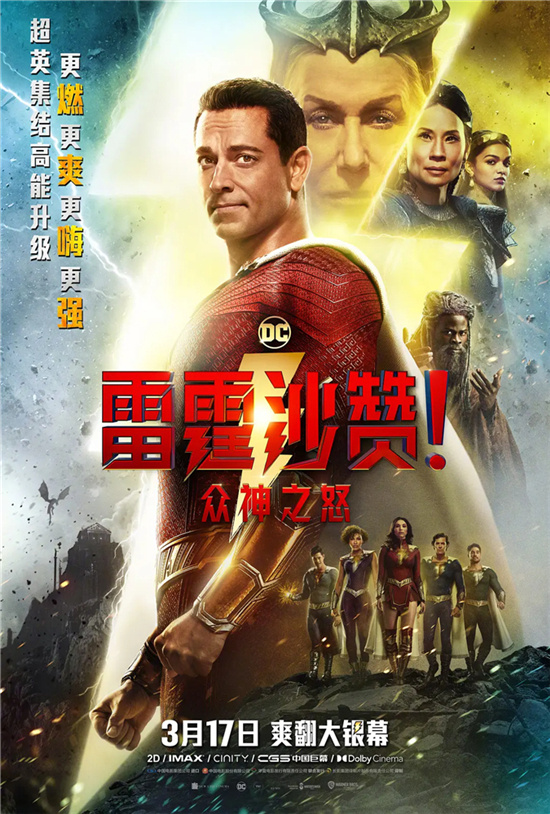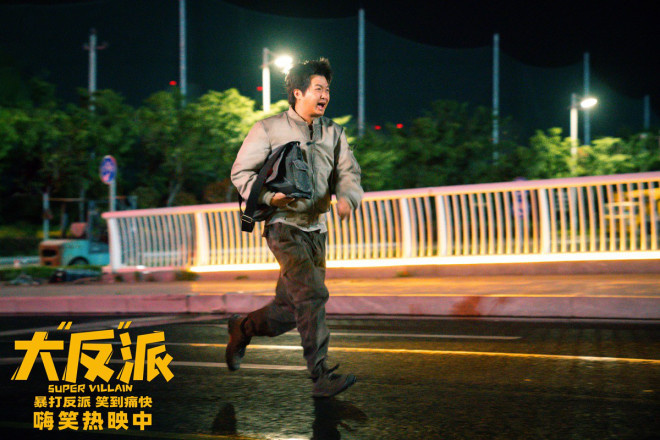On November 4th, Beijing time, Juzi Bio (stock code: 02367.HK), the leader of professional skin care products based on bioactive ingredients in China, was listed on the main board of the Hong Kong Stock Exchange. Giant Bio’s senior management, representatives of shareholders, representatives of intermediaries and loyal users witnessed the birth of "the first collagen", which is an important and glorious moment in the company’s history. Previously, in October, 2021, Juzi Bio completed the only round of financing since its establishment, bringing together Gao Ling, CPE Yuanfeng, Jinying Capital, Junlian Capital, Heling Capital, Suzaku Assets, Fuhai Capital, Kekong Qiyuan, Xingnahe Capital, (), Maixing Investment, Jinglin Investment, Dinghui Baifu and CICC Capital.
Giant creatureAs a pioneer and leader in China’s recombinant collagen industry, he has been deeply involved in this field for 22 years, making recombinant collagen another brilliant "China business card" in the field of new raw materials in biotechnology after major scientific and technological achievements such as "China Aerospace", "China Transportation" and "China New Energy".
As early as 20 years ago, Giant Bio has taken the lead in realizing the transformation and industrialization of recombinant collagen research results worldwide, and is committed to making recombinant collagen move from laboratory to application.
In the past 22 years, giant creatures have continuously accumulated strong research and development strength. Giant creature has a research and development team composed of more than 120 members. Dr. Fan Daidi, the core of the team, is one of the leading figures in the collagen industry and even in the field of biomedical materials in China. He is also one of the drafting experts of the pharmaceutical industry standard "Recombinant Collagen" in People’s Republic of China (PRC), and has won the second prize of the National Technological Invention Award and the China Patent Gold Award.
In the past two years, Juzi Bio, as one of the drafting units, has continuously participated in People’s Republic of China (PRC) pharmaceutical industry standards YY/T 1849-2022 "Recombinant Collagen" and "Technical Requirements for Collagen Raw Materials for Cosmetics", among which YY/T 1849-2022 "Recombinant Collagen" standard was officially implemented on August 1 this year, which stipulated the quality control requirements, detection indicators and detection methods of recombinant collagen, and became recombinant collagen. Restricting the technical requirements and quality control of the industry through industry standards is conducive to promoting the healthy development of the industry and setting up access barriers for latecomers.

Synthetic biology technology has formed a key and highly competitive technical barrier.
Synthetic biology is the frontier field of biotechnology, which can improve the safety, stability and bioactivity of bioactive components and change the field of beauty and health from the bottom. According to public information, after years of precipitation and accumulation, Giant Bio has established a synthetic biology technology platform that integrates interdisciplinary scientific research such as biotechnology, biochemistry and bioengineering with years of industry expertise, and has 79 patents and patent applications.
Giant organisms use synthetic biology technology to produce recombinant collagen, including gene recombination, cell factory construction, fermentation, separation and purification and other core components. With the support of the technology platform, Juzi Bio has the industry-leading fermentation and processing technology, and has one of the most comprehensive expression systems in the world. In order to realize the efficient synthesis of different types of recombinant collagen, it has developed 33 different types of recombinant collagen and successfully mass-produced. Different from the traditional method of extracting collagen from animals, Megabiont uses synthetic biology to construct high-density fermentation of genetically engineered bacteria (such as Pichia pastoris and Escherichia coli) to generate recombinant collagen of target protein sequence in the fermentation expression process of cell culture, develops enzyme inhibitors and substrates to maximize the recovery rate of recombinant collagen, and efficiently separates and purifies the technology, innovates the adsorption process to shorten the batch processing time and improve the purity of recombinant collagen.
Giant creatures also use synthetic biology technology to independently develop and produce rare ginsenoside. Ginsenoside is widely used in the field of traditional Chinese medicine, which is used to improve human function and immunity. It is the main active component of ginseng and other ginseng plants, and it has anti-tumor effect, hypoglycemic and hypolipidemic effects. Prototype ginsenoside is purified and extracted from natural ginseng by simple physical method, while rare ginsenoside is obtained from prototype ginsenoside by using synthetic biological techniques (such as enzymatic hydrolysis or microbial fermentation). Compared with the prototype ginsenoside, the characteristics of rare ginsenoside have changed, and it is easier to be absorbed by human body, and it shows higher biological activity than the prototype ginsenoside, thus forming bioactive components with stronger efficacy and suitable for health products and medicines. Juzi Bio is not only the first company in China to realize the mass production of five kinds of high-purity rare ginsenoside (Rk3, Rh4, Rk1, Rg5 and CK) in 100 kg scale, but also one of the largest rare ginsenoside production companies in the world.
With years of research and development experience in biotechnology, synthetic biology technology and leading position in the industry, Juzi Bio has established an expanding and diversified product pipeline of beauty and health products based on science and technology, including 102 products under research, including 49 functional skin care products, 37 medical dressings and four skin rejuvenation products under the beautiful product portfolio, as well as two biomedical products, seven health foods and three formula foods for special medical purposes under the health product portfolio.

Dual-track sales strategy of "medical institutions+mass consumers" and omni-channel sales network
According to the information in the prospectus, Juzi Bio’s products have been sold and distributed to more than 1,000 public hospitals, about 1,700 private hospitals and clinics and about 300 chain pharmacy brands in China. Giant creature has been adopted and recognized by many well-known medical institutions and experts in the medical field, and the adoption and recognition of these well-known medical institutions and experts is also conducive to consolidating the cognition of giant creature in the eyes of consumers. According to the data in the prospectus, 30.2% of consumers have received professional recommendation before purchasing products.
The company has also established a nationwide sales network for the mass market through direct sales and distributors, which can not only meet the diversified skin care needs of consumers, but also seize important market growth opportunities. According to the records in the prospectus, online direct selling of Juzi Bio mainly includes direct sales to consumers through e-commerce and social media platforms such as Tmall, JD.COM, Tik Tok, Xiaohongshu and Pinduoduo. The offline distribution network to the mass market covers individual consumers and about 2,000 China stores in cosmetics chain stores and supermarket chains such as Watsons, Yanli, Colorist, Ole’, Hualian Group and Boxma Xiansheng.
China’s largest collagen professional skin care product company.
With its technical advantages in the field of recombinant collagen bioactive components, Juzi Bio has been ranked first in the collagen professional skin care products market for three consecutive years.
According to Jost Sullivan’s statistics and forecast, the retail sales of functional skin care products in China will be 13.3 billion yuan in 2017 and 30.8 billion yuan in 2021, with a compound annual growth rate of 23.4%. It is estimated that it will significantly increase to 211.8 billion yuan in 2027, with a compound annual growth rate of 38.8% from 2022 to 2027. Giant Bio has become the only company with two top five best-selling brands in China professional skin products industry.
In 2021, the market scale of functional skin care products in China reached 30.8 billion yuan. Juzi Bio was the second largest professional skin care product company in China in 2021, and it has been the largest collagen professional skin care product company in China for three consecutive years since 2019. Kelijin and Kerfumei, the flagship brands of recombinant collagen products, are the third and fourth best-selling brands in China professional skin care products industry in 2021, respectively. (by retail sales)
In 2021, the overall scale of China medical dressing market will reach RMB 25.9 billion, and it is expected to reach RMB 97.9 billion by 2027. It ranks second in the whole medical dressing market and first in the collagen medical dressing market (by retail sales).

Multi-brand matrix building and developing moat, rapid growth of profitability
Juzi Bio has established a diversified product matrix by transferring bioactive components to meet the growing market demand for the company’s products. Up to the market, Juzi Bio’s professional skin care products and health food portfolio included 106 SKUs of eight major brands, and most professional skin care products were added with four kinds of self-produced recombinant collagen in different combinations, namely, recombinant human collagen type I, recombinant human collagen type III, recombinant human collagen and small molecular recombinant collagen peptide. Among them, two flagship brands of Giant Bio, Kefumei and Kelijin, are included. Kefumei is a professional skin care brand at dermatology level, and has been widely verified by dermatologists. According to the retail sales in 2021, Kerfumei is not only the fourth best-selling brand of professional skin care in China, but also the second best-selling brand of medical dressings in China. According to the prospectus, Kerfumei was the first best-selling brand in the category of medical dressings in February, August and Double Eleven Global Shopping Festival in 2021, and successively won the most popular domestic skin care brand among consumers in the "Users’ Talk" list and the Blue Rose Award as "the most competitive brand in 2021". Another flagship brand of Juzi Bio, Kelijin, is a functional skin care brand with high-end and multi-functions. It was not only selected for the 18th People’s Ingenuity Technology Award, but also won the title of "Industry Pioneer Brand".
In addition to recombinant collagen, a bioactive component, giant organisms also actively promote the application layout of rare ginsenoside components. According to the statistics of Jost Sullivan, Juzi Bio is the second largest health food company based on rare ginsenoside technology in China in 2021, with a market share of 24%. In the field of functional skin care products, Juzi Bio has also upgraded the brand of Himin, which is a high-end anti-aging skin care product based on the core component of rare ginsenoside and its unique positioning of medicine, cosmetics and food.

While focusing on R&D and product strength, Giant Bio has maintained high-quality performance growth. The data shows that from 2019 to 2021, the company’s revenue was RMB 957 million, RMB 1.19 billion and RMB 1.552 billion respectively, with a compound annual growth rate of about 27.39%. In the five months ended May 31, 2022, the revenue and gross profit reached RMB 723 million and RMB 615 million respectively, up by 38.9% and 37.3% year-on-year; In terms of net profit, the company’s net profit rate has remained above 50% in the past three years, and the net profit in the first five months of 2022 was RMB 314 million, with strong profitability.
Supported by diversified brand portfolio, excellent R&D strength and strong product strength, after listing in Hong Kong, Giant Bio is expected to fully enjoy the high-speed growth dividend of the industry, consolidate and continuously expand its market share, enhance its safety margin and enter a new stage of development.
After listing, we invested 1.5 billion yuan to greatly expand the production capacity of raw materials and products.
Juzi Bio currently has 1 production line of recombinant collagen, 1 production line of rare ginsenoside, 11 production lines of functional skin care products, 6 production lines of medical dressings and 2 production lines of health food, which can achieve an annual production capacity of 10,880 kg of recombinant collagen and 630 kg of ginsenoside.
The company plans to expand the production line to increase the production capacity, so as to enhance the company’s ability to produce beautiful and healthy products empowered by technology. In the first half of 2023, the production capacity of recombinant collagen fermentation workshop will be 212,500 kg/year; It is planned to build a rare ginsenoside production capacity of 267,800 kg/year in the second half of 2024. The company also plans to build three new production plants in the next five years, namely, factories with a design capacity of 34 million functional skin care products, 5 million functional foods and formula foods for special medical purposes and 100 million skin rejuvenation products and biomedical materials each year. The total investment of the above five capacity expansion plans is about 1.5 billion yuan.
On the whole, Giant Bio, as a leader in the segmentation field, cooperates with the regulatory authorities to actively promote and participate in the formulation of industry standards. At the same time, the company’s hard work, intensive cultivation, constant pace of R&D and innovation, constant innovation, solid product strength, expansion of brand influence, and proper choice of marketing channel strategy have become the internal driving factors for the rapid growth of the company’s performance, which deserves attention and expectation. (The above picture is provided by Giant Bio, and it is authorized for China Net Finance.)




